Your cart is currently empty!
Month: January 2014
-
A Basket of Eggs
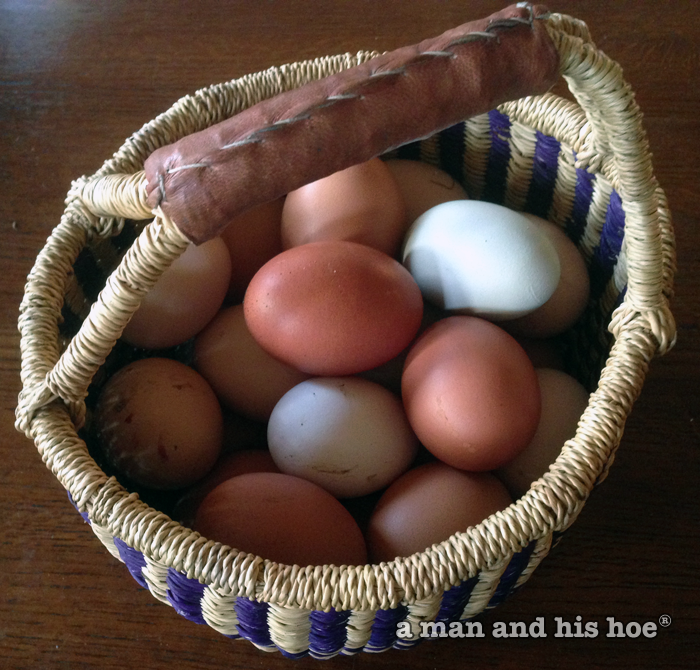
Eggs in a basket
Collecting eggs every few hours is always a pleasure. Some hens are consistent and lay their eggs in the same nest. Others move from nest to nest. And then there are Lucky and Peach. Lucky lays her eggs in one of the doghouses early in the morning. It’s a race as to whether the dogs or us humans get her egg. She does cackle a lot after she lays her egg. If we hear her, we can usually get to her egg first.
Peach is another matter. A very determined Buff Orpington, if one of the dogs is in the doghouse she likes to use, she will shoo the dog out of the doghouse so she can lay her egg.
One thing I don’t understand is why there are so few varieties of eggs in stores. Open a carton of eggs in the store and it is so boring. Most people have no idea eggs come in so many colors, shapes and sizes. -
Japanese Chicken Varieties
The lack of varieties of chickens sold in supermarkets in the US is rather surprising. Some stores make distinctions between organic versus conventional, pastured versus broiler chickens, but rarely do you see a selection of a variety of chicken breeds on sale. The main distinction which is mostly emphasized is which chicken is the cheapest.
But, take a look at the way chicken is marketed and sold in Japan, and there is an astonishing variety of chicken breeds for sale. Here are just ten of these varieties.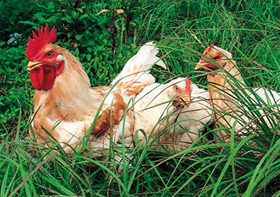
Banshu Hyakunichi Tori
Banshu Hyakunichi Tori is a pasture raised variety of White Cornish from Hyogo Prefecture.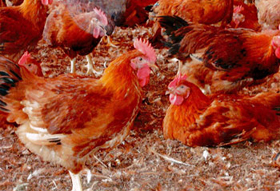
Bungo Akadori
Bungo Akadori is a Red Cornish and Rhode Island Red cross from Oita Prefecture in southern Japan.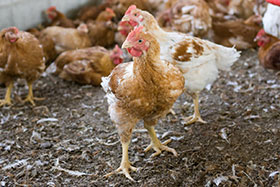
Fumoto Dori
Fumoto Dori is a red chicken from Saga Pefecture in southern Japan.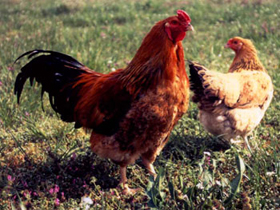
Hyogo Aji Dori
Hogo Aji Dori, which translates to Flavorful Chicken from Hyogo, is a cross between Satsuma and Nagoya varieties of chickens.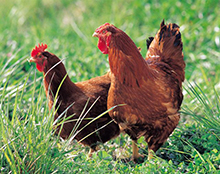
Mikawa Akadori
Mikawa Akadori is a cross between a Heavy Rhode Island and Rhode Island Red chicken from Aichi Prefecture in central Japan. It is a pastured chicken.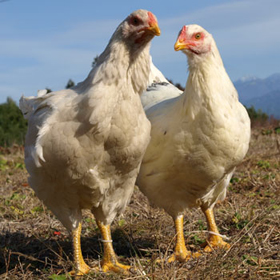
Minami Shinshu Jidori
Minami Shinshu Jidori is a pastured chicken from Nagano Prefecture in central Japan. It is known for its firm, tasty, juicy meat. Only a hundred of these chickens are produced a month.
Mituse Tori
Mitsuse Tori is a variety of chicken based on French breeds. It is raised in Saga Prefecture in southern Japan.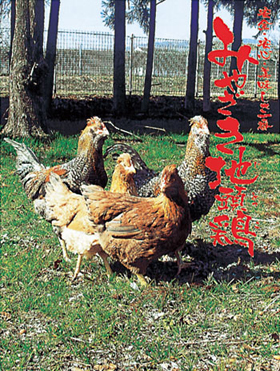
Miyazaki Jidokko
Miyazaki Jidokko is a chicken from Miyazki Prefecture in southern Japan. It is noted for not having the smell chicken meat has, having good texture and being very tasty.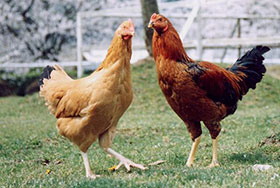
Yamato Niku Dori
Yamato Niku Dori is a pastured chicken from Nara Prefecture. It is known for keeping its shape even when stewed for a long time, and for its rich, sweet juices. Some 8,000 of them are produced each month.
Yasato Honaji Dori
Yasato Honaji Dori is from Ibaraki Prefecture in northern Japan. It is a pastured chicken, fed non-GMO feed, never given antibiotics or medications, and is fed the bacterial culture used to create a type of fermented bean. Supposedly this culture controls salmonella and e. coli 0-157.
These are just a few of the many varieties of chickens raised in Japan. Even though pages on this link are all in Japanese, Guide to Japanese Chickens, browsing through them you can get an idea of the great variety of chickens raised in Japan for the market. -
Six Week Old Chicks – A Long Way to Go
[wpvideo 0Z1b3JZl]
When you watch these small six week old chicks running around with their mother, it’s hard to imagine that many broiler chickens are six pounds and ready to be butchered by six weeks. How is that possible? What happens to a chicken when it grows to six pounds in sex weeks. What would happen to a human child if it grew to the size of a large adult in four years?
-
The Most Important Things Have No Value
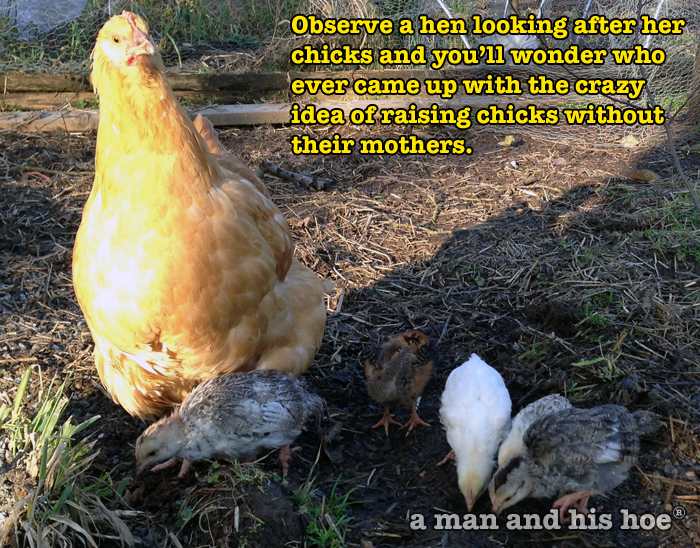
Hen and chicks looking for worms in the field. When you are outdoors taking care of chickens and crops, you realize how essential pure water, pure air, and non-toxic soil are. We need them. The chickens need them. The insects the chickens eat need them. All the plants need them. From the invisible bacteria in the compost heaps and soil, to the minute creatures which thrive on the bacteria, the insects, the earthworms, the moles, and on, we are all dependent on clean air we can breath, clean water to drink, environments free of toxins, those are the things that are most important to our health and well being.
But somehow we managed to create an economic and political system that puts no value on the things most important to us. We often hear the phrase jobs or the environment. Somehow we’ve come to accept the reasoning that in order for many of us to have jobs, we have to contaminate the things most important to our health and well being. And yet, if you consider the long term implications of this, if we have to keep making our environment more toxic to provide jobs, eventually the environment we live in will be so toxic that we won’t be alive.
In December, China reported that thousands of hectares of farmland were now too toxic to farm. According to this December 30, 2013, Reuters’ article, 3,000,000 hectares of land are now too polluted to farm. How is the destruction of 3,000,000 hectares of land accounted for in the balance sheet and profit and loss statements of the companies whose pollution destroyed this land? Oddly, it doesn’t show up. There is no value put on this tremendous loss of land.
Somehow, we’ve accepted an accounting system that puts no value on clean air, clean water, clean soil; the most important things not only to us but to all living things on this planet. The earth will still be spinning around the sun a thousand years from now, a million years from now, even a billion years from now. We need economic and political systems that will ensure that millions of years from now our air, water, and land will be even cleaner than they are now. Sadly our accounting systems are set up to only think three months ahead to what next quarter’s profits will be. In the context of a million years, next quarter’s profits are a pittance, but clean air, clean water, and clean earth are worth more than all the trillions of dollars recorded on balance sheets.
In a way, the compost piles I tend from the droppings of my chickens, is worth more than the profits of a factory filling the air with toxins. That compost pile is ensuring the purity of the earth. We need radically different accounting and political systems that revere chicken droppings and compost piles instead of plastics and pesticides.

No two hens are the same. -
Sven a Swedish Flower Chicken
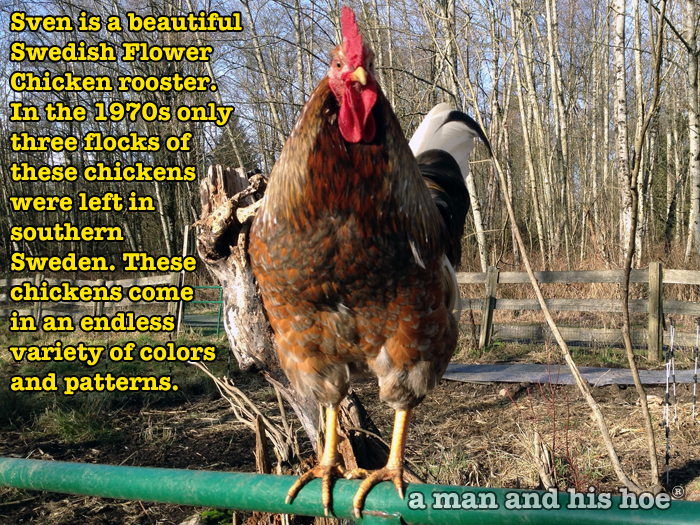
Sven, a Swedish Flower Chicken The Swedish Flower Chicken is a landrace chicken that developed in Sweden. Landrace is a breed which has developed over time by adapting to the natural and cultural environment in which it lives.
Swedish Flower Chickens are colorful birds. No two are alike. Here are some links to other places raising these incredible birds:
Do searches of “Swedish Flower Chickens” or “Skånska Blommehöns” and you’ll find many more stories and images of these wonderful chickens.
[wpvideo E7LUiQgC]